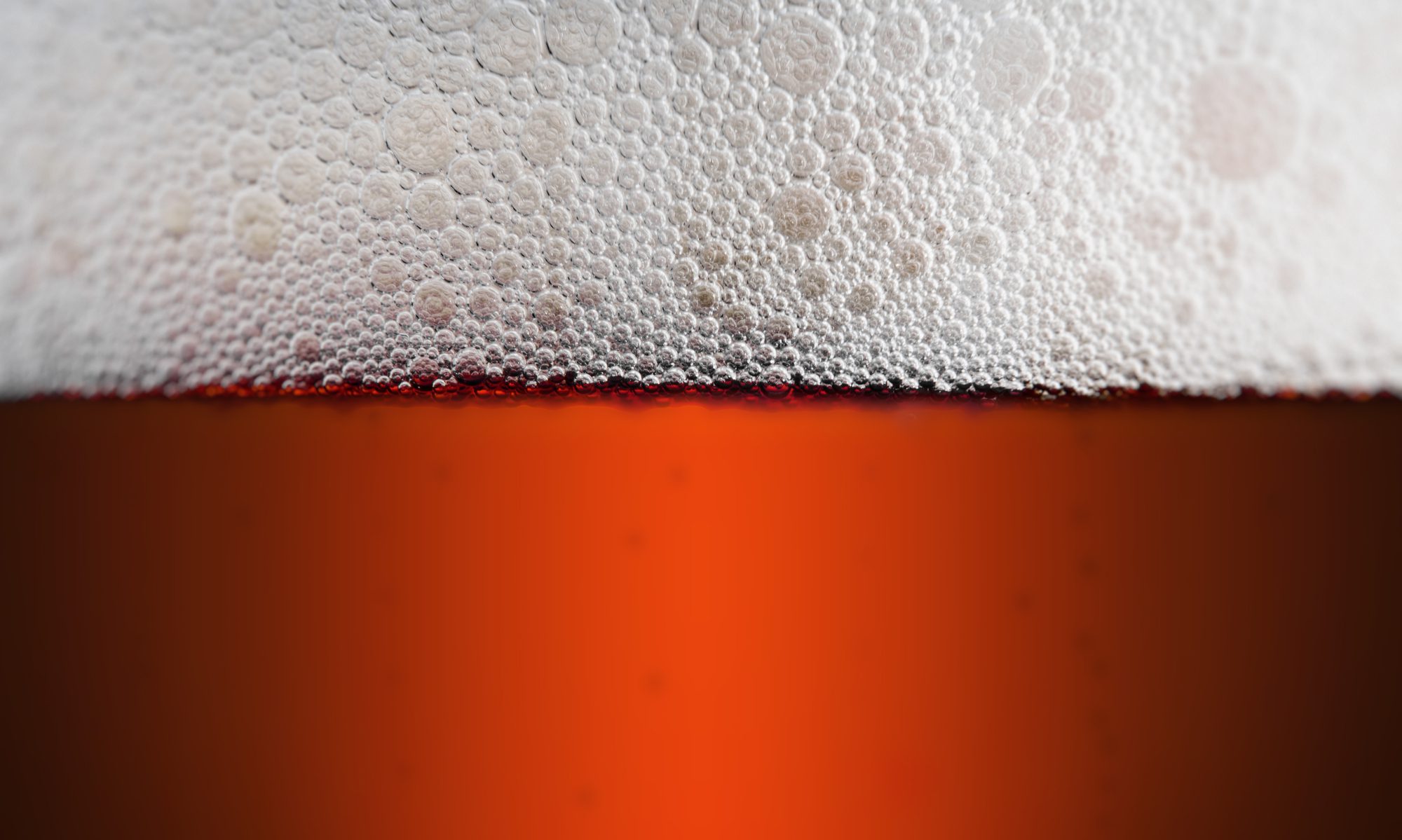Last summer I had a unique opportunity to get my hands on old craft beer. A restaurant close to a factory I frequent on business trips to mainland China not only stored their beers at room temperature, they also had very old beer that was likley ordered when they have opened up couple of years ago and they haven’t replenished their supply since. This sort of thing isn’t uncommon in China. Presented with this opportunity, I couldn’t resist the urge to bring a few old beers to Japan and do a side by side tasting with a fresh beer of the same kind. Ballast Point and Sierra Nevada are easy to find in Japan, so getting relatively fresh beers in a good condition wasn’t a problem. Finally, my father-in-law kept a case of Sapporo Ebisu cans in a room temperature for nearly a year. So, I have added the Sapporo beer to the comparison tasting. Here are my tasting notes and thoughts.
1. Sierra Nevada – Nooner Pilsner
- Tasting date: April 8th, 2018
- Newer beer packaged date: February 1st, 2018
- Older beer packaged date: October 27th, 2015
- 3 month old vs. 2 year 5 month old beer
The newer beer pours a very light gold and is slightly lighter than the 2015 “vintage”. Lemony, grassy damp and fresh aroma is present. The body is light to medium. Lemony and grassy hop flavor is highlighted by carbonated zing with a pilsner malt beady and cracker-like background. Slightly above average attenuation gets a nice and dry lingering lemony orange-like bitter finish. The older beer pours a copper gold with light cloudiness. Sweet malty cookie-like aroma, initial lightly sour volatile compounds and some Saazer hops on the nose. The sweetness in the flavor is similar to limoncello liqueur. There is big a presence of a Trans-2-Nonenal chemical compound which results in a cardboard-like flavor. Body is medium and lightly warming. Carbonation is lower than normal. Bitterness is low. A grassy, heavy with T2N cardboard astringency that reminds of you a bitter grapefruit rind is lingering in the finish. There is a hint of cherry and warming in the finish that isn’t present in the newer beer.
2. Ballast Point – Sculpin IPA
- Tasting date: May 8th, 2018
- Newer beer packaged date: November 6th, 2017
- Older beer packaged date: November 23rd, 2015
- 6 month old vs. 2 year 5 month old beer
The newer beer is clear and slightly darker in appearance when compared to the old beer which is hazy. The newer beer had a nice head retention while the older beer’s head dissipated right away. Aromas of the old beer are of a sweet cookie and toasted bread. There is a Sherry-like oxidation note and a very big amount of a dry cardboard (T2N) off-flavor. There’s also a soapy note. The new beer has a big aroma of citrus, tropical fruit and pine needles. It has a bold citrus flavor, a moderate to high bitterness and a medium body with a typical 2.5 volumes of carbonation. The finish is long and citrus-like. The two and a half year old beer’s hop flavors have significantly degraded. With no citrus like flavor, the cloying sweetness without much flavor character is dominating. The astringent bitterness lingers with high alcohol warming aftertaste and a little sherry-like oxidation note.
3. Sapporo – Premium Ebisu
- Tasting date: May 5th, 2018
- Newer beer packaged date: Early March, 2018
- Older beer packaged date: Early May, 2017
- 2 month old vs. 1 year old beer
The older beer has no head and a light haze probably due to suspended proteins which came out of solution. There is less carbonation and the color is slightly darker than the fresh brew. The big Dortmunder Export style floral perfume-like Saazer hop aroma and white bread like malt background nose is greatly diminished and are mostly replaced by a sweet sherry and paper-like oxidation aromas. The fresh brew has a medium bitterness of around 30 IBUs and a clean and persisting finish with a lingering bready malt background. The older brew’s malt sweetness is prominent. The cardboard-like T2N flavor is quite apparent. There is some alcoholic warmth in the finish and a lightly puckering tannin astringency.
While the older beers weren’t completely unpalatable, the hop aroma and flavor degradation, hazy appearance, low head retention, malty sweetness and papery T2N oxidation off-flavor were quite apparent. This reminds me of the following rule: “In a study conducted by one of the large breweries on flavor loss in bottled and canned products resulted in the 3-30-300 Rule. The same flavor loss results from beer being stored in your car’s trunk for three days at 90°F (32°C) as beer being stored at room temp (72°F or 22°C) for 30 days and beer being stored at 38°F (3°C) for 300 days.”¹
Most beers are meant to be consumed as quickly as possible after packaging and stored at 3°C. Sadly, this doesn’t happen all if not most of the time. It was interesting to do these comparative tastings and confirm what’s written in beer textbooks about oxidation. If you stumble upon old beer you’re more than welcome to do the same.
Notes:
- www.craftbeer.com, “Craft Beer Retailer Temperature Cheat Sheet”, presented by Brewers Association. Viewed on February 6th, 2019. https://www.craftbeer.com/attachments/0005/0196/beertemperature.pdf

